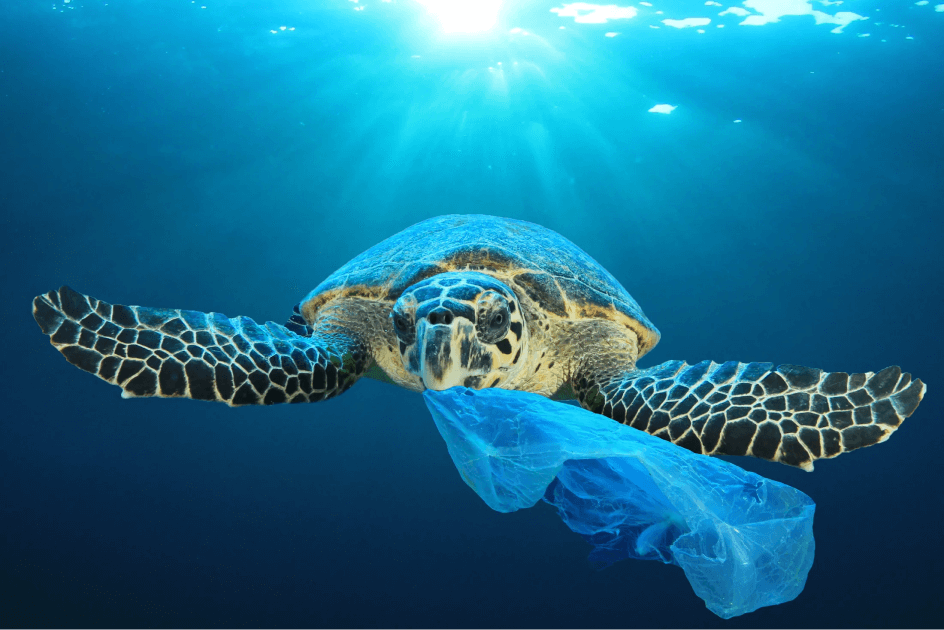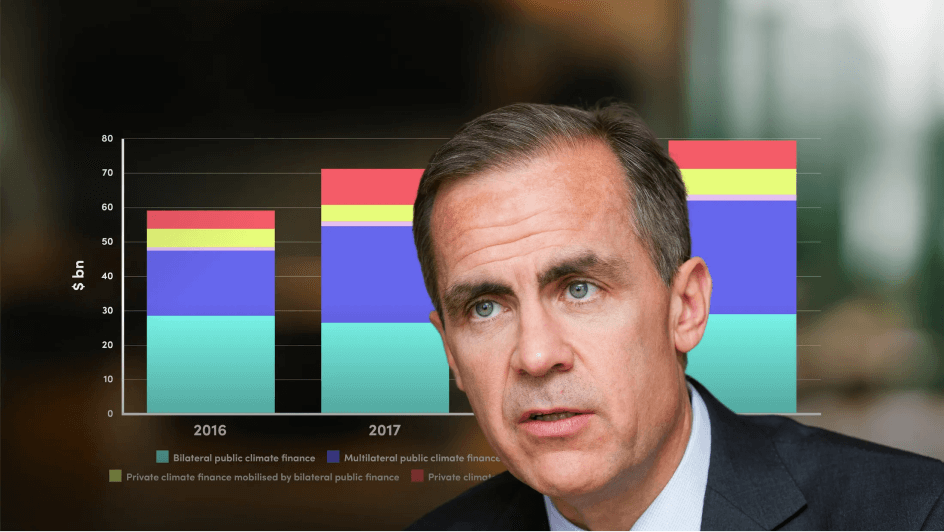
Practitioner's Guide to ESRS E5 I

Michelle Horsfield
25 years: Sustainable Finance
In this video, Michelle Horsfield introduces the ESRS E5 standard on resource use and the circular economy. It discusses the concept of Earth Overshoot Day, the shift from a linear to a circular economy, and the key principles and concepts behind ESRS E5, including the 2 which are most relevant for the E5 standard: Eliminating waste and pollution and retaining materials at their highest value.
In this video, Michelle Horsfield introduces the ESRS E5 standard on resource use and the circular economy. It discusses the concept of Earth Overshoot Day, the shift from a linear to a circular economy, and the key principles and concepts behind ESRS E5, including the 2 which are most relevant for the E5 standard: Eliminating waste and pollution and retaining materials at their highest value.
Subscribe to watch
Access this and all of the content on our platform by signing up for a 7-day free trial.

Practitioner's Guide to ESRS E5 I
7 mins 45 secs
Key learning objectives:
Understand the concept of Earth Overshoot Day and its significance
Outline the principles of a circular economy and its importance in resource management
Understand the key concepts of eliminating waste and pollution and retaining materials at their highest value
Overview:
Subscribe to watch
Access this and all of the content on our platform by signing up for a 7-day free trial.
Subscribe to watch
Access this and all of the content on our platform by signing up for a 7-day free trial.

Michelle Horsfield
There are no available Videos from "Michelle Horsfield"





























